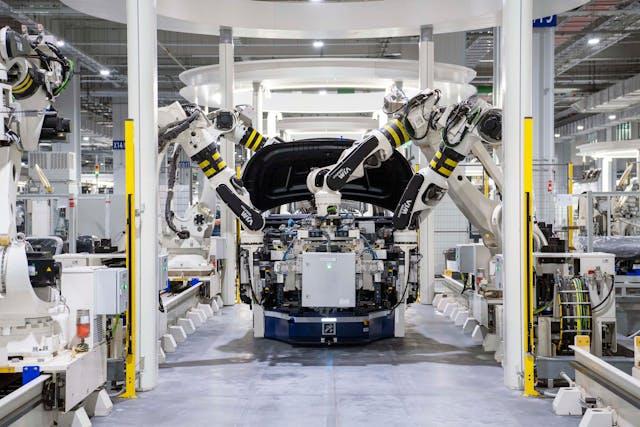Life Before Acumatica: Challenges in Manufacturing Operations
Before the advent of Acumatica Manufacturing Edition, manufacturing companies faced numerous operational inefficiencies that hindered their ability to manage inventory, meet customer demands, and maintain profitability. Below is a detailed description of what company life was like before Acumatica, supplemented with insights from the provided article.
1. Manual Inventory Tracking and Inaccurate Stock Levels
Before Acumatica, many manufacturers relied on manual processes to track inventory. Spreadsheets and paper-based systems were common, leading to frequent errors and outdated stock information. This lack of real-time visibility often resulted in stock-outs, where demand exceeded supply, and rush orders, which came with inflated costs due to expedited shipping and overtime labor.
2. Inefficient Demand Forecasting
Without advanced analytics and AI-driven tools, manufacturers struggled to predict demand accurately. Historical data, market trends, and seasonal patterns were often analyzed manually or using outdated software, leading to overstocking or understocking. This inefficiency not only increased storage costs but also caused delays in fulfilling customer orders, damaging customer relationships.
3. Disconnected Business Processes
Inventory management was often siloed from other critical business functions like sales, purchasing, and production planning. This lack of integration meant that inventory data was rarely up-to-date or accurate, making it difficult for CEOs to make informed decisions. The disconnect often led to inefficiencies, such as overproduction or underproduction, further exacerbating stock-out and rush order issues.
4. Reactive Decision-Making
Without real-time dashboards and alerts, CEOs and managers were often forced to make reactive decisions. By the time they identified low stock levels or production bottlenecks, it was too late to prevent disruptions. This reactive approach not only increased operational costs but also strained supplier relationships and harmed the company’s reputation.
5. High Costs and Low Customer Satisfaction
The combination of manual processes, inaccurate forecasting, and disconnected systems led to high operational costs and low customer satisfaction. Frequent stock-outs and rush orders frustrated customers, while the associated costs—such as expedited shipping and overtime labor—ate into profits. CEOs were constantly under pressure to balance inventory levels and meet customer demands, often at the expense of long-term growth and innovation.
How Acumatica Transformed Manufacturing Operations
Acumatica Manufacturing Edition addressed these challenges by providing a cloud-based ERP system with advanced features like real-time dashboards, AI-driven demand forecasting, and seamless integration of inventory management with other business processes. These tools empowered CEOs to make proactive, data-driven decisions, reducing stock-outs and rush orders while improving operational efficiency and customer satisfaction.
By automating manual tasks and providing real-time insights, Acumatica not only streamlined operations but also allowed CEOs to focus on strategic growth initiatives. The result was a significant reduction in costs, improved customer loyalty, and a stronger competitive edge in the manufacturing industry.
If you’re ready to transform your manufacturing operations and eliminate the headaches of stock-outs and rush orders, visit acupowererp.com to learn more about Acumatica Manufacturing Edition.

